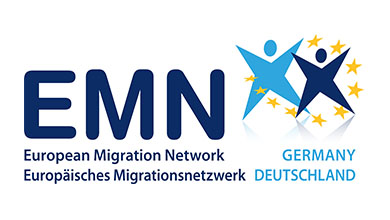EMN Inform: Secondary movements of beneficiaries of international protection ,

How do Member States regulate the mobility and residence of persons already granted international protection status in another Member State? This inform wants to examine how Member States have regulated the transfer of responsibility for a beneficiary of international protection from the first State to the second State.
Secondary movement in this particular context refers to the onward migration of beneficiaries of international protection from a first State to a second one, to apply for international protection or to take up legal residence in the second Member State on other grounds (e.g. employment or study). The reasons vary and could be for example insufficient living conditions and available housing, lack of opportunities for integration study and limited access to healthcare and social security in the first State.
EU law does not regulate the transfer of responsibility for beneficiaries of international protection. At national level, Member States apply different legal bases, including
- the European Agreement on Transfer of Responsibility for Refugees (EATRR),
- national legislation and/or
- bilateral agreements, for the transfer of responsibility of beneficiaries of international protection.
Applications by persons who have already been granted international protection by another Member State (first state) may be considered inadmissible. Member States (i.e. the second state) are thus not required under EU law to examine whether the applicant qualifies for international protection in accordance with the Qualification Directive.
The main challenge for Member States in relation to the secondary movement of beneficiaries of international protection is the lack of a uniform legal basis on the transfer of responsibility for refugees.

